Demo Videos
Ameba Neo Matrix Project
The goal of this project is to build an AWTRIX Neo Matrix display workstation using Ameba (AMB21 /22/23 & BW16).
- Able to display patterns, and text (numbers, English alphabets, special characters, etc)
- Able to scroll text
- Able to display Time via UDP server
- Able to display sensor data from all external sensors
- Able to display data from online APIs
What I'll be doing next?
[x] Arrange LEDs on the Neo Matrix display into X-Y coordinates.
[x] Display data in 8x8 based on: https://xantorohara.github.io/led-matrix-editor/
[x] Adding Animated effects like scrolling text
[ ] Adding sensor features
[ ] Adding JSON API to acquire data from provided APIs
 Splendide_Mendax
Splendide_Mendax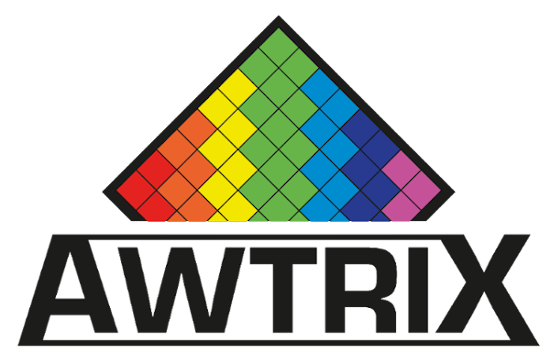
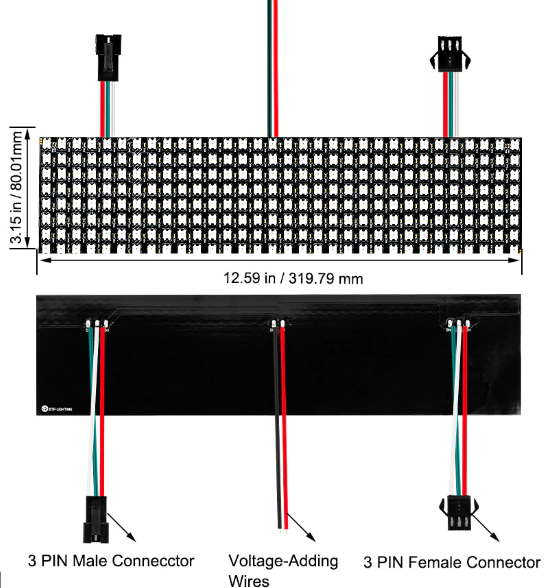



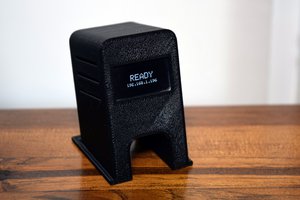
 Tom Nardi
Tom Nardi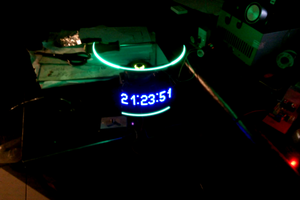
 Foxmjay
Foxmjay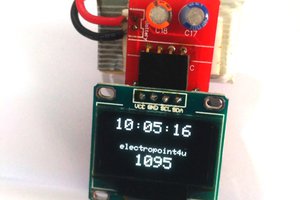
 SAYANTAN PAL
SAYANTAN PAL
 Gabriel F
Gabriel F